how to design sustainably when the climate is changing
inkognito
11 years ago
Featured Answer
Sort by:Oldest
Comments (9)
woodyoak zone 5 southern Ont., Canada
11 years agobahia
11 years agoRelated Professionals
Middletown Landscape Contractors · Annandale Landscape Contractors · Byram Landscape Contractors · Conroe Landscape Contractors · Fort Myers Landscape Contractors · Gaithersburg Landscape Contractors · Lees Summit Landscape Contractors · Rockwall Landscape Contractors · Wareham Landscape Contractors · Oxon Hill Landscape Contractors · Racine Decks, Patios & Outdoor Enclosures · Royal Oak Decks, Patios & Outdoor Enclosures · Forney Swimming Pool Builders · Lake Forest Swimming Pool Builders · Spring Swimming Pool Buildersbahia
11 years agoburntplants
11 years agodenninmi
11 years agowoodyoak zone 5 southern Ont., Canada
11 years agobotann
11 years agokarinl
11 years ago
Related Stories

ARCHITECTURE15 Smart Design Choices for Cold Climates
Keep your home safe and comfortable in winter by choosing the right home features and systems
Full Story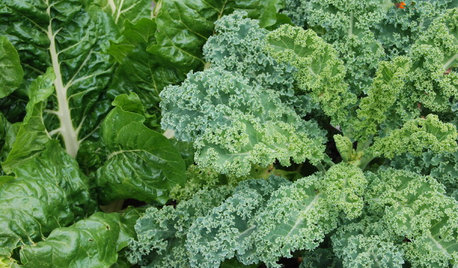
FALL GARDENINGFrost-Hardy Foliage That Loves a Cold-Climate Garden
When winter cuts a bleak swath through other plants, these edibles and perennials flourish brilliantly
Full Story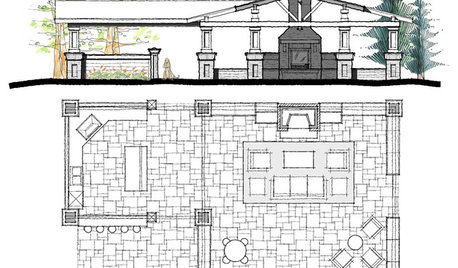
LANDSCAPE DESIGNClimate Control: Work With Nature's Elements for the Best Outdoor Space
Consider sun, wind and water where you live for a deck or patio that's as comfortable as possible all year long
Full Story
LANDSCAPE DESIGNCelebrate a Sunny Climate With the Right Leafy Palm for Your Site
So you get freezes or floods. So your garden is small. These palms send excuses riding off into the tropical sunset
Full Story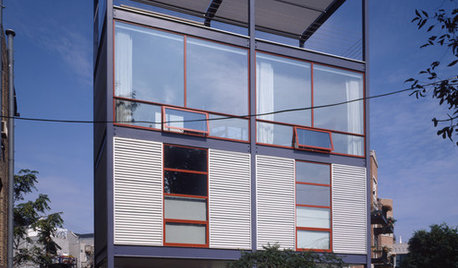
ARCHITECTUREWhen Architects Design Homes for Themselves
See the amazing results when 7 modern architects take on their own idiosyncrasies in very personal designs
Full Story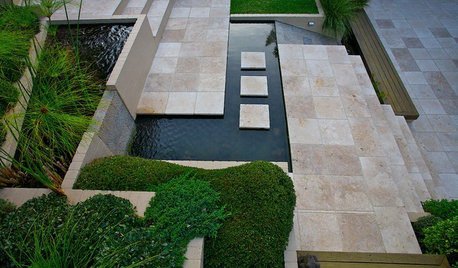
PATIOSLandscape Paving 101: Travertine Keeps Its Cool in Warm Climates
Travertine is a gorgeous paver for a pool surround
Full Story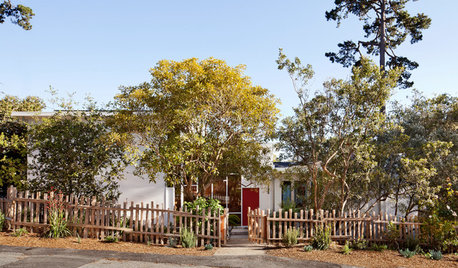
MIDCENTURY HOMESHouzz Tour: Small Changes Earn a Top Green Rating
Remodeling for energy efficiency and sustainability within a quaint town's codes wins LEED platinum certification for a midcentury home
Full Story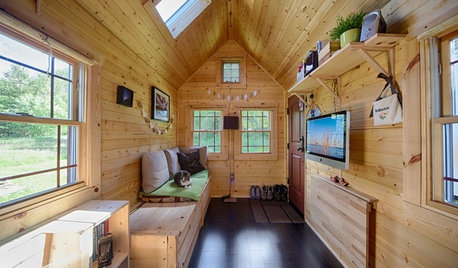
SMALL HOMESHouzz Tour: Sustainable, Comfy Living in 196 Square Feet
Solar panels, ship-inspired features and minimal possessions make this tiny Washington home kind to the earth and cozy for the owners
Full Story
REMODELING GUIDES9 Hard Questions to Ask When Shopping for Stone
Learn all about stone sizes, cracks, color issues and more so problems don't chip away at your design happiness later
Full Story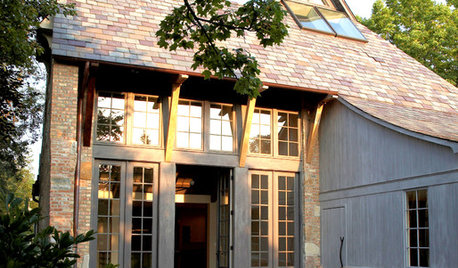
GREEN BUILDINGSalvaged Materials Triumph as All-Stars of Sustainability
When you save manufacturing energy and have a beautifully crafted home to boot, it's a win-win situation
Full StoryMore Discussions









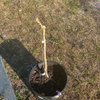
deviant-deziner